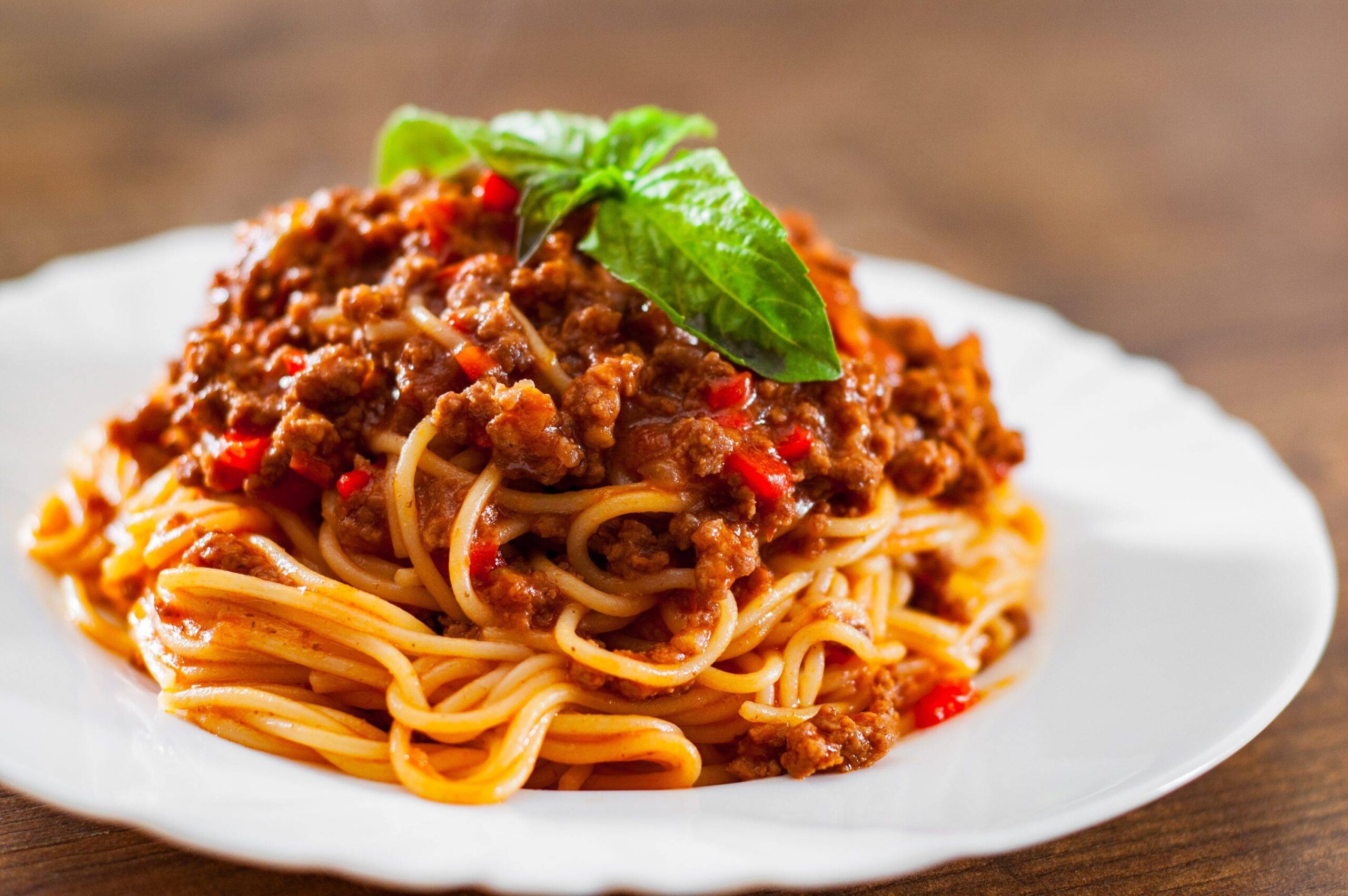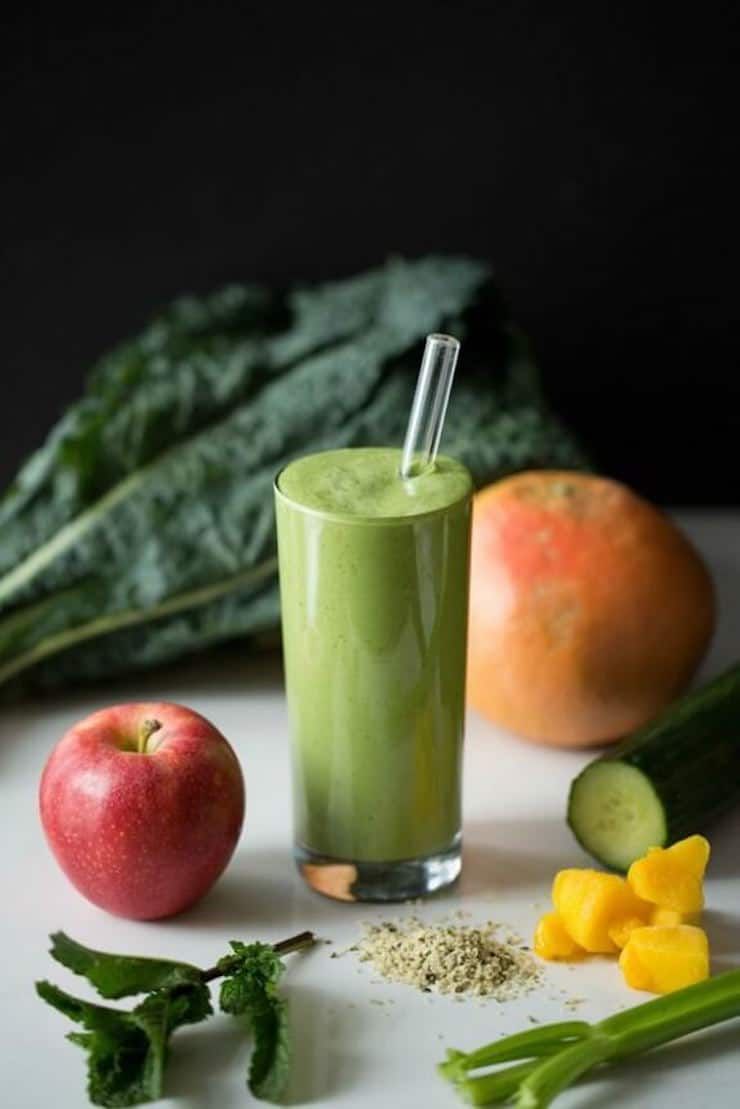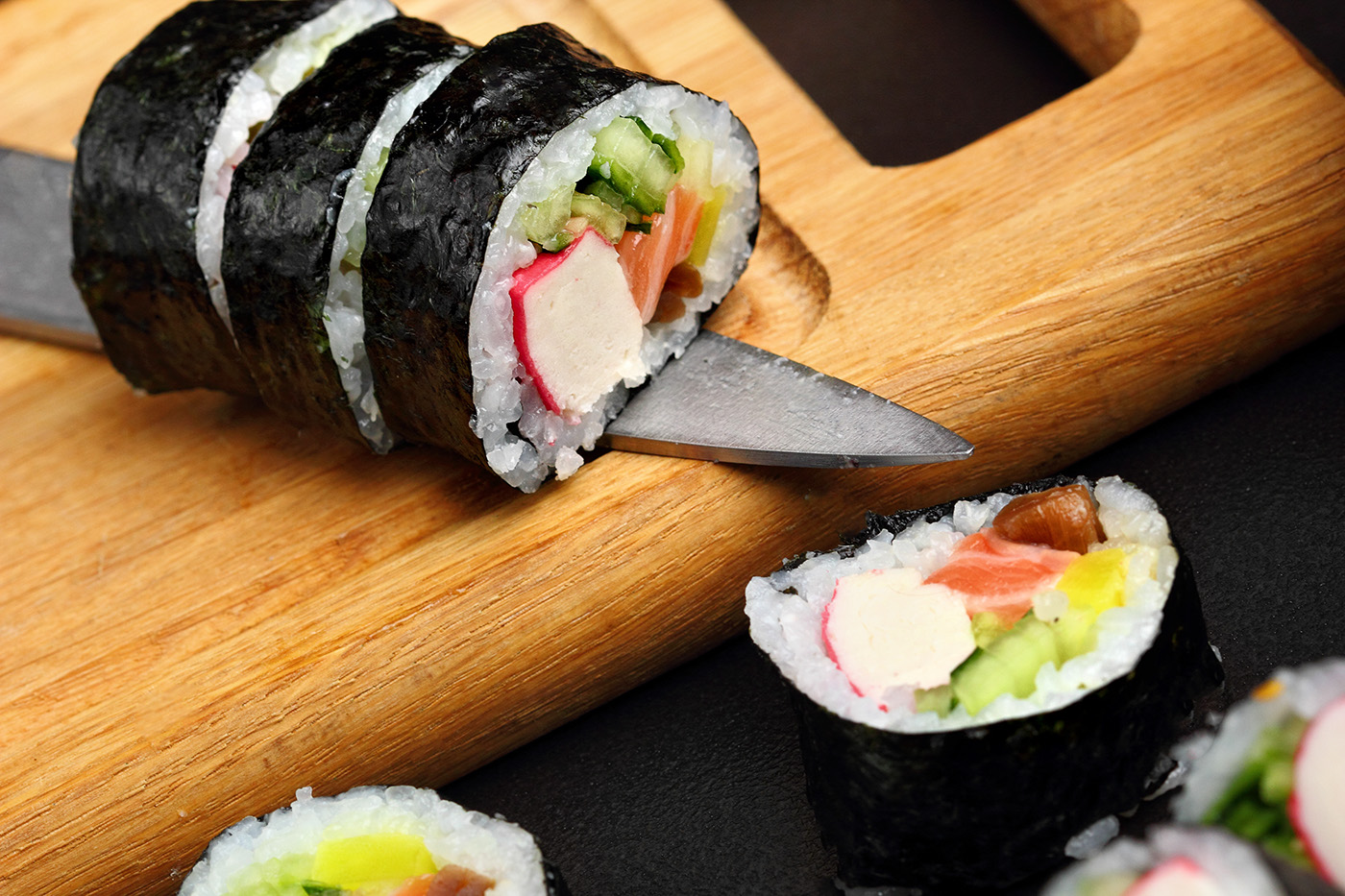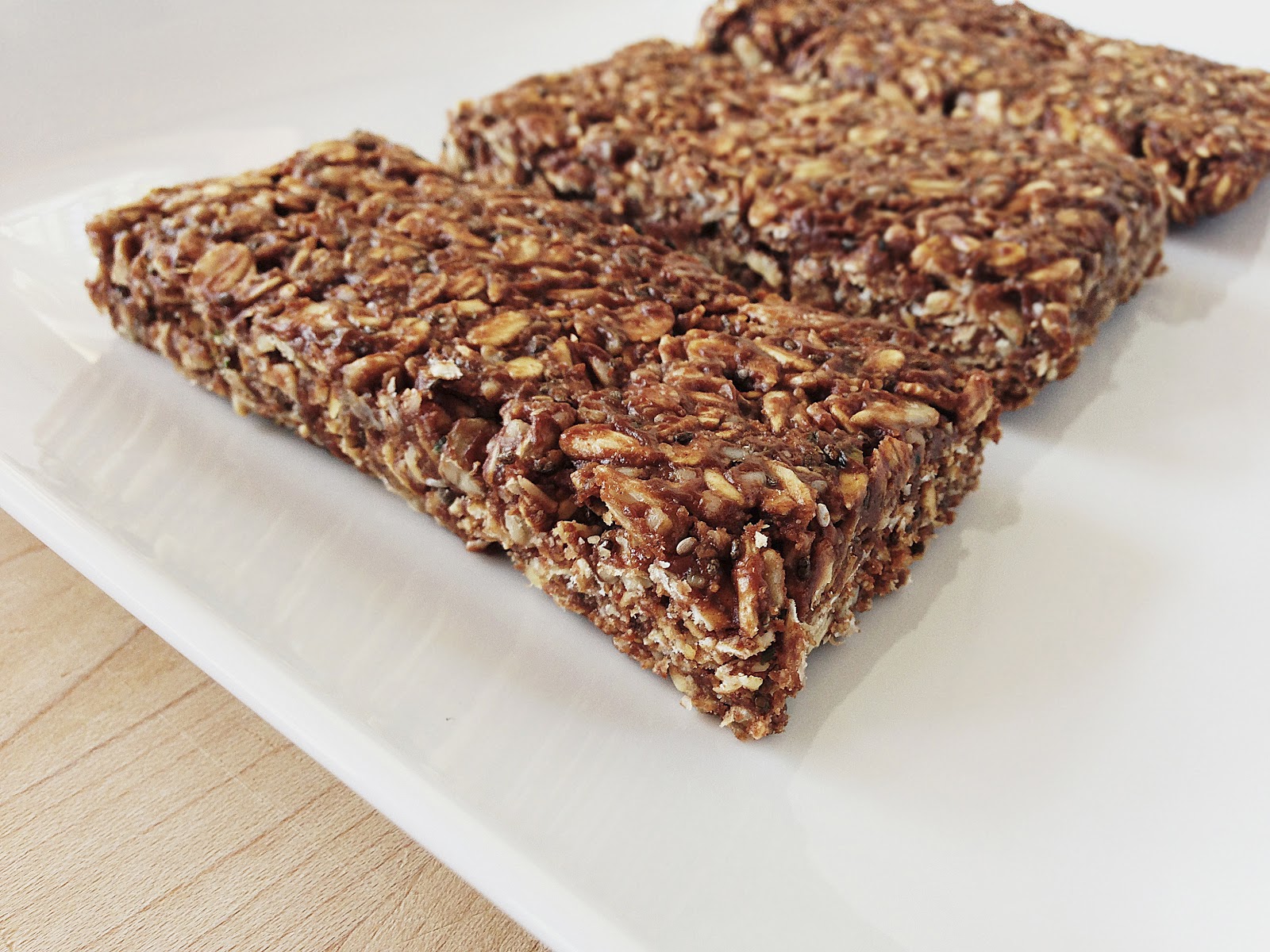Pasta, a beloved staple in many diets worldwide, has evolved over the years to accommodate a growing demand for healthier, organic choices. Organic pasta, made from ingredients grown without synthetic fertilizers, pesticides, or genetically modified organisms, offers not only a cleaner alternative but often a more flavorful and nutrient-rich one. Let’s dive into the world of organic pasta https://greenelly.com/ and explore its various types and ways to prepare them.
1. Understanding Organic Pasta
Organic pasta prioritizes sustainability and health. The grains used are grown under organic farming methods that focus on soil health, environmental balance, and reduced exposure to toxins. As a result, organic pasta often retains more natural nutrients and flavors than its non-organic counterparts.
2. Popular Organic Pasta Varieties
Whole Wheat Pasta: Made from the entire grain of wheat, including the bran, germ, and endosperm. It is rich in dietary fiber and has a robust, nutty flavor.
Organic Durum Semolina Pasta: Crafted from durum wheat’s finely milled endosperm, it is the classic choice for many traditional Italian pasta dishes.
Spelt Pasta: An ancient grain alternative to modern wheat, spelt pasta offers a slightly sweet and nutty flavor. It’s also easier to digest for some people.
Buckwheat Pasta: Although not a type of wheat at all, buckwheat gives a rich, earthy flavor to pasta and is gluten-free.
Quinoa Pasta: A protein-packed grain from South America, quinoa pasta is another gluten-free option that’s rich in amino acids.
Brown Rice Pasta: Gluten-free and slightly chewy, brown rice pasta is an excellent alternative for those with wheat sensitivities.
3. Cooking Organic Pasta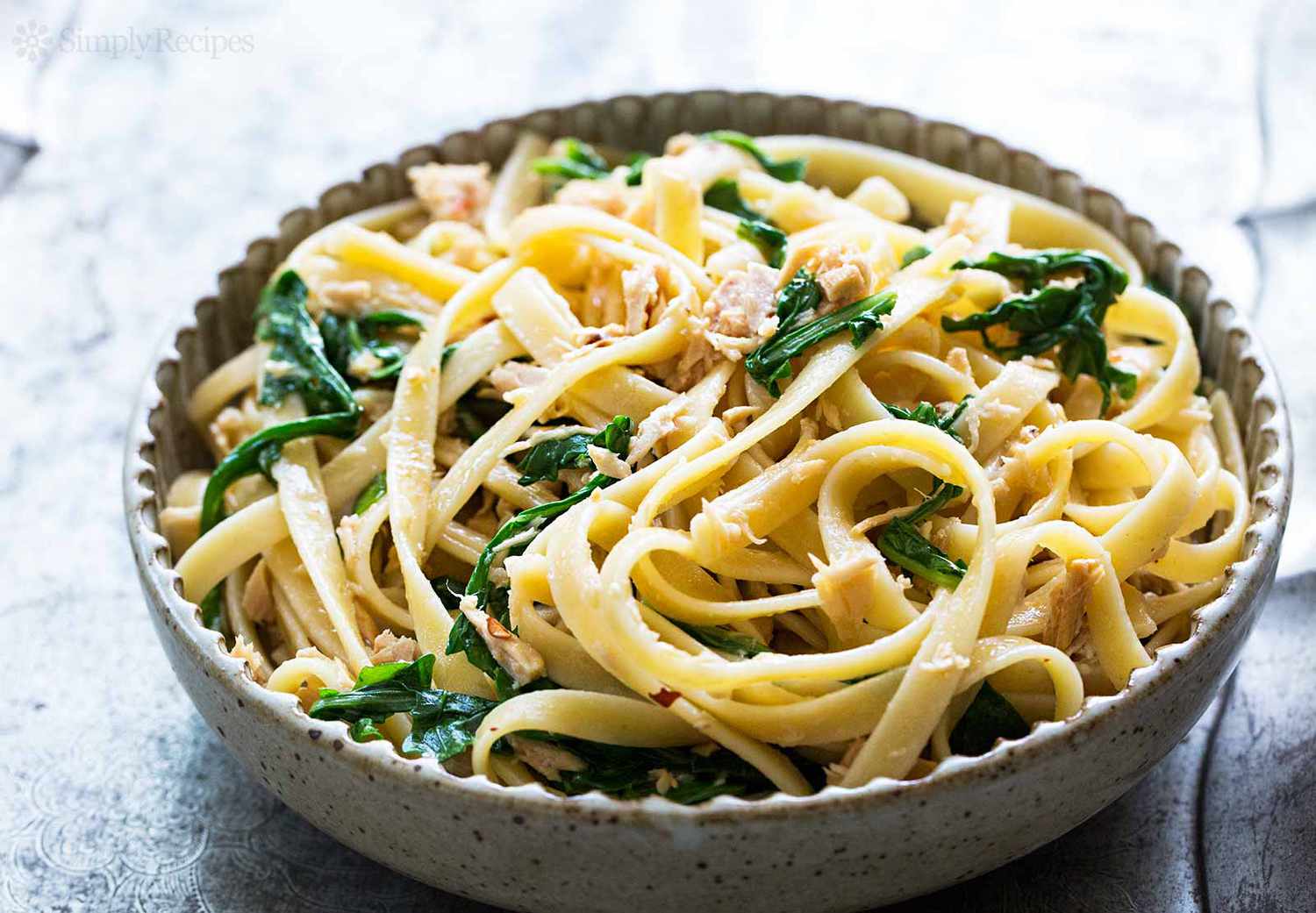
Boiling: The most traditional method. Ensure you use a large pot of salted water. Once boiling, add the pasta and cook until al dente (firm to the bite). The cooking time varies depending on the pasta type.
Baking: For dishes like lasagna or baked ziti, organic pasta can be layered with sauces, vegetables, and proteins, then baked to perfection.
Stir-frying: Especially for shorter pasta shapes or Asian-style noodle varieties, stir-frying in a pan with vegetables, proteins, and sauces can provide a quick and delicious meal.
Cold salads: Some organic pastas, like fusilli or penne, work wonderfully when cooled and mixed with fresh vegetables, cheeses, herbs, and dressings for a refreshing pasta salad.
4. Tips for Cooking Organic Pasta
Avoid overcooking: Organic pasta, especially the gluten-free varieties, can get mushy if overcooked. Always taste-test a minute or two before the package’s recommended cooking time.
Save some pasta water: Before draining, save a cup of pasta water. Its starchy content can help thicken and enhance your sauces.
Seasoning: Organic pasta often has a richer natural flavor. However, it still benefits from proper seasoning. Don’t skimp on the salt in the boiling water, and always taste and adjust your sauces as needed.
Conclusion
Organic pasta provides a wholesome and flavorful base for countless dishes. Whether you’re looking for a healthier version of your favorite spaghetti dish or exploring new grain alternatives, there’s an organic pasta variety tailored to your culinary journey. Embrace the diversity and savor the natural goodness of every bite!
